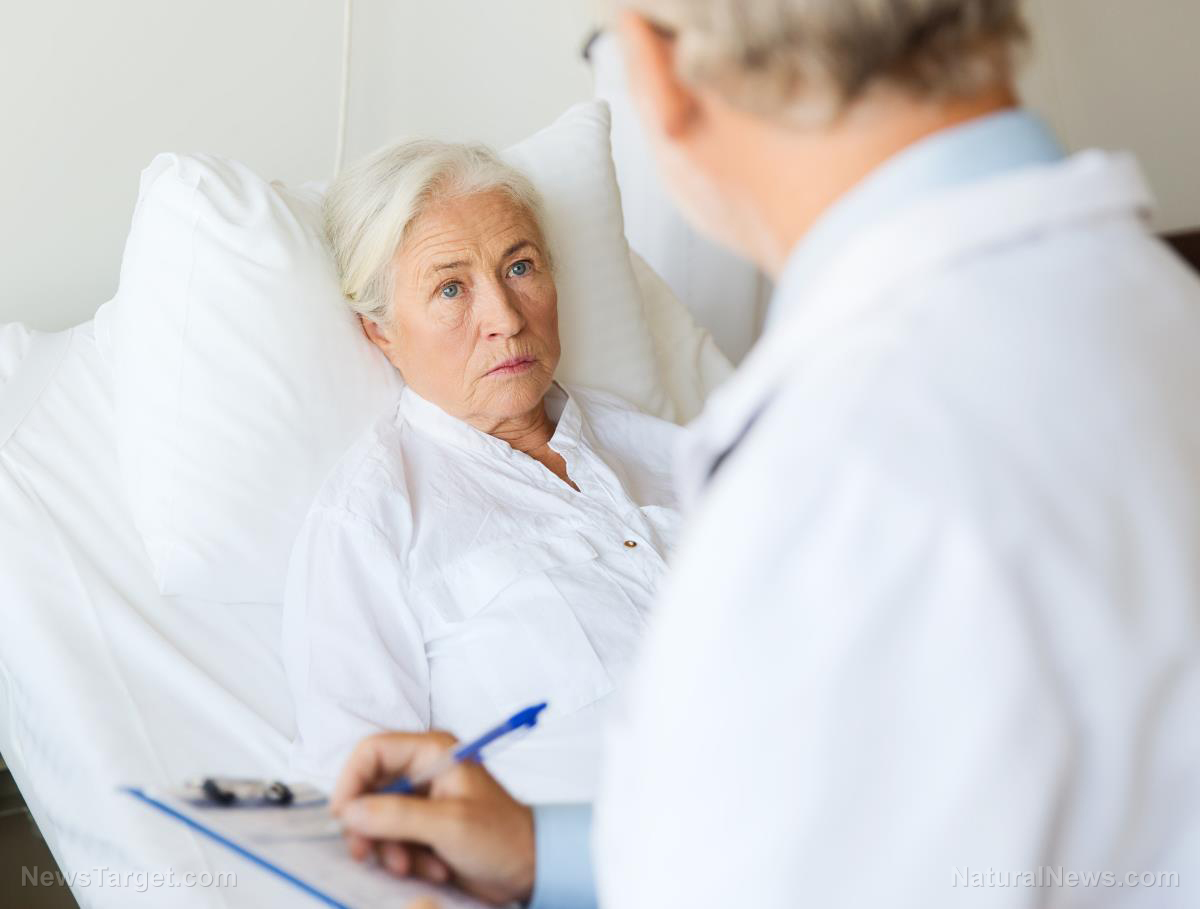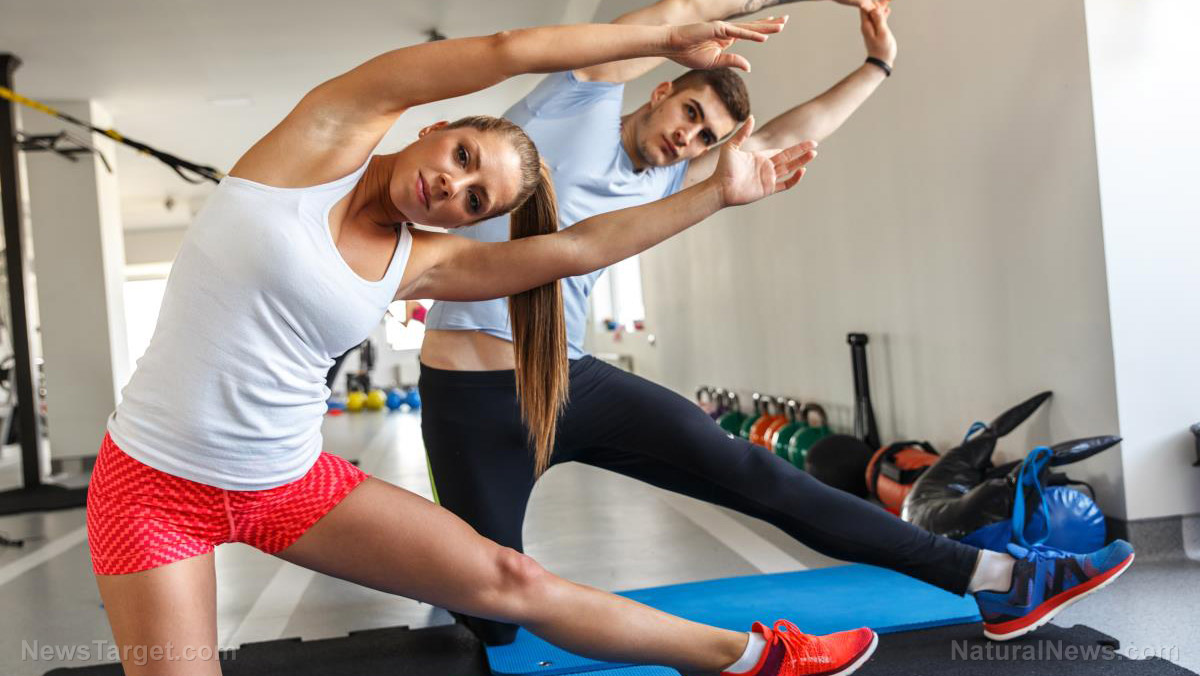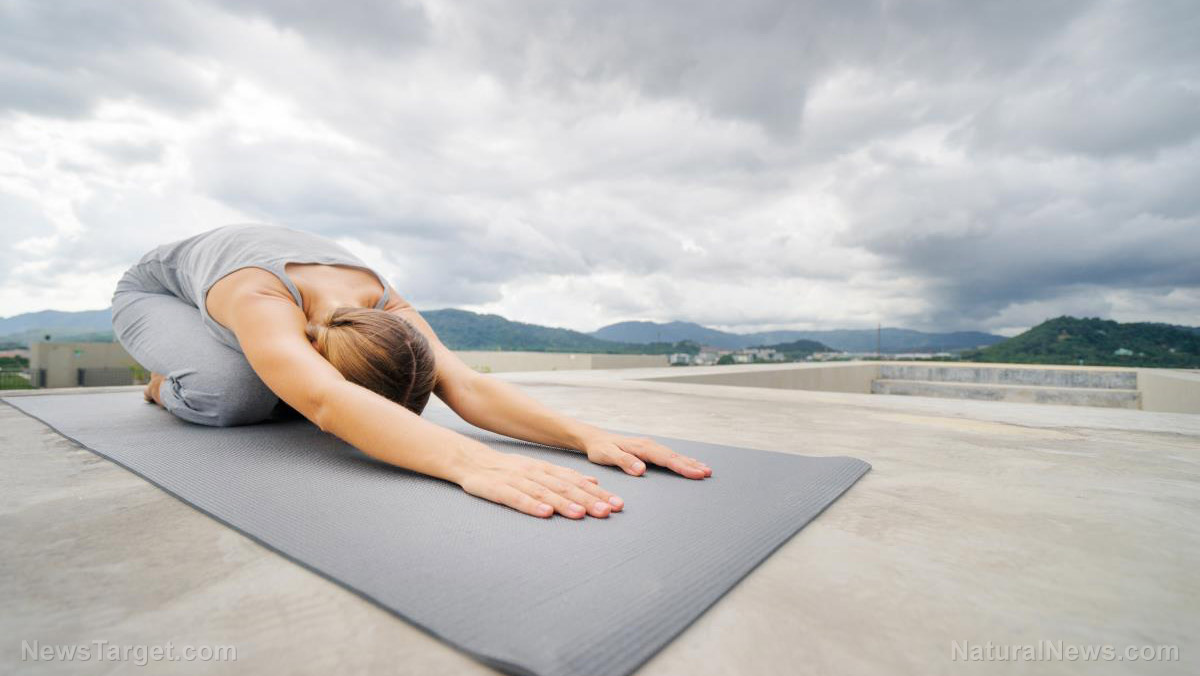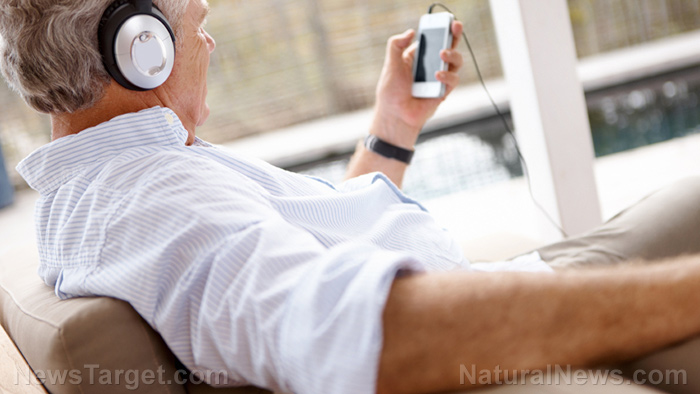Patients found to recover more quickly once they remove hospital gowns
04/22/2017 / By Amy Goodrich

A British campaign called the PJ Paralysis Initiative has been launched by staff members of the Nottingham University Hospitals (NUH) National Health System (NHS) Foundation Trust in the United Kingdom. Its goal is to encourage patients in hospitals to dress in their own clothes as soon as they feel able to move around. This simple, costless action could benefit millions of people around the globe, helping them recover faster and free up much-needed bed space.
According to Anne-Marie Riley, deputy chief nurse of operations at NUH, patients who stay in their pajamas for longer than they need have a higher risk of infection, mobility loss, fitness and strength reduction, and longer hospital stays. The initiative was born after a discussion by the NUH staff about what they could do to value patient time.
Get dressed and speed up recovery
Wearing pajamas or the bottom-flashing hospital gowns reinforces the sick role in many patients, preventing a speedy recovery. While the patients and their conditions need to be taken into consideration, for many it’s a matter of helping them to get up, get dressed, and get moving.
Anne-Marie Riley added that staff members are being encouraged to use their professional judgment and skills to identify patients who are ready to get up and about, adding that early evidence suggested that these people were discharged from the hospital much sooner.
Helping patients to get on their feet not only helps them recover, but it also changes how staff and family members view them. Furthermore, it can also make the hospital more efficient by improving patient flow, timely discharges, the patient’s length of stay, and it creates more time to take care of other patients.
The idea of the campaign is that by bringing them closer to their normal routine, patients will gain the confidence they need to get better and return home. Next to speeding up the recovery and shortening hospital stay, keeping them upright and active also reduces the loss of mobility and hospital associated problems such as pressure sores or secondary infections. (RELATED: Read more about prevention strategies at Prevention.news.)
An occupational therapist and physiotherapist explained that right after people were dressed the confidence boost was remarkable, improving the recovery rate dramatically. Some NUH staff members, which run Queen’s Medical Centre and Nottingham City Hospital, have even created a clothes bank for patients who don’t have anything to wear.
Ten days of bed-rest equals ten years of muscle aging
According to the NHS health experts, elderly patients over 80-years old that remain in bed for ten days will experience ten years of muscle aging. To get back to full strength, it will take twice as long and a lot of dedication. The NHS also noted that one week of bed rest equates to ten percent loss in strength. For older people who have issues climbing stairs, getting out of bed, or standing up to go to the bathroom, a loss of 10 percent can make a huge difference in their ability to resume their activities without the help of others.
With staff dressing in pajamas or hospital gowns to draw attention to the campaign, word of the initiative — dubbed #EndPJParalysis on Twitter — is spreading like wildfire on social media.
As reported by Natural Blaze, the U.S. should also jump on the #EndPJParalysis bandwagon to create more beds and a bit more dignity for their patients. Since there are so many overworked nurses working in understaffed departments, every improvement in the health care system is more than welcome to take some of the daily stress away and improve the honor, power, and dignity of patients. (Related: Find more news on the process of healing at Healing.news.)
Sources:
Tagged Under: hospital, patient care, recovery, surgery




















